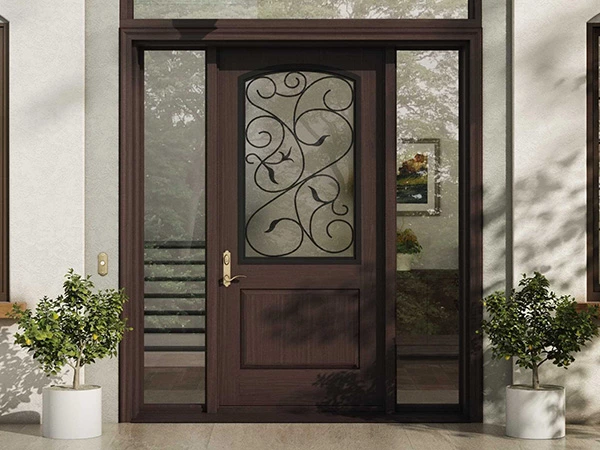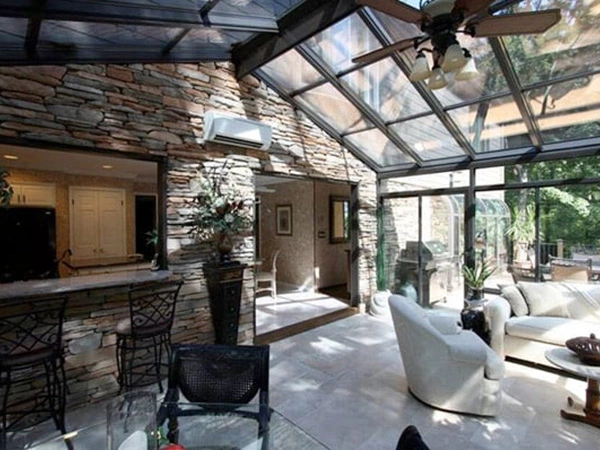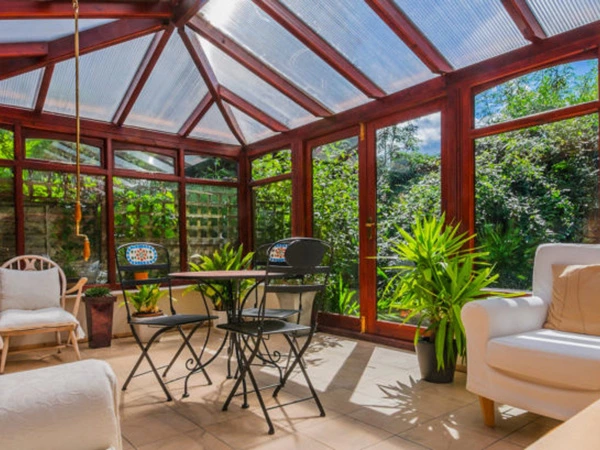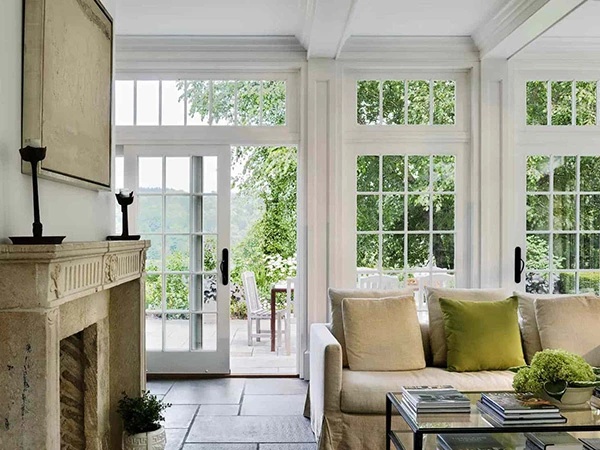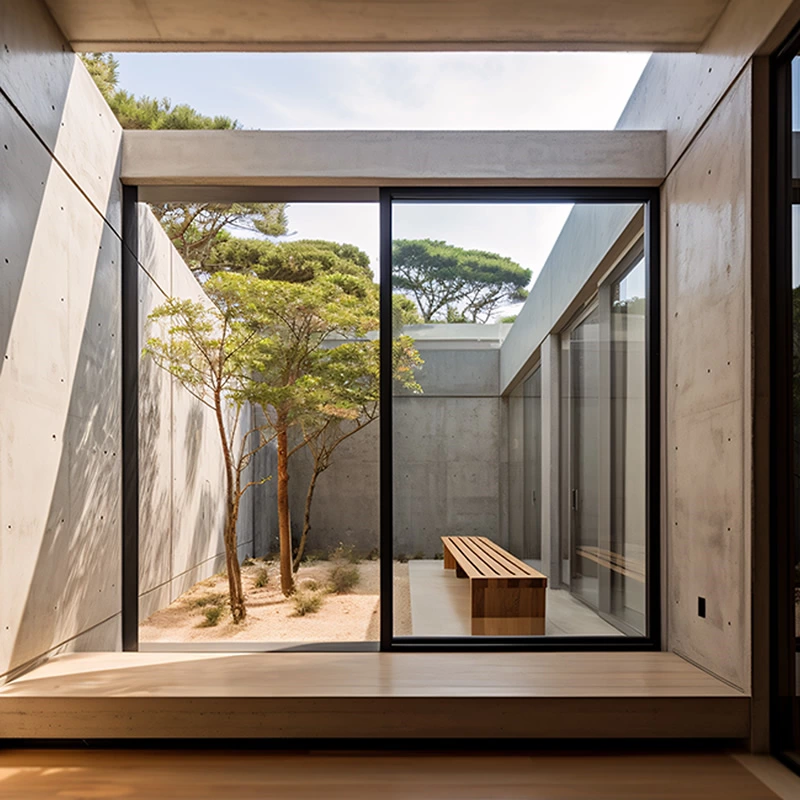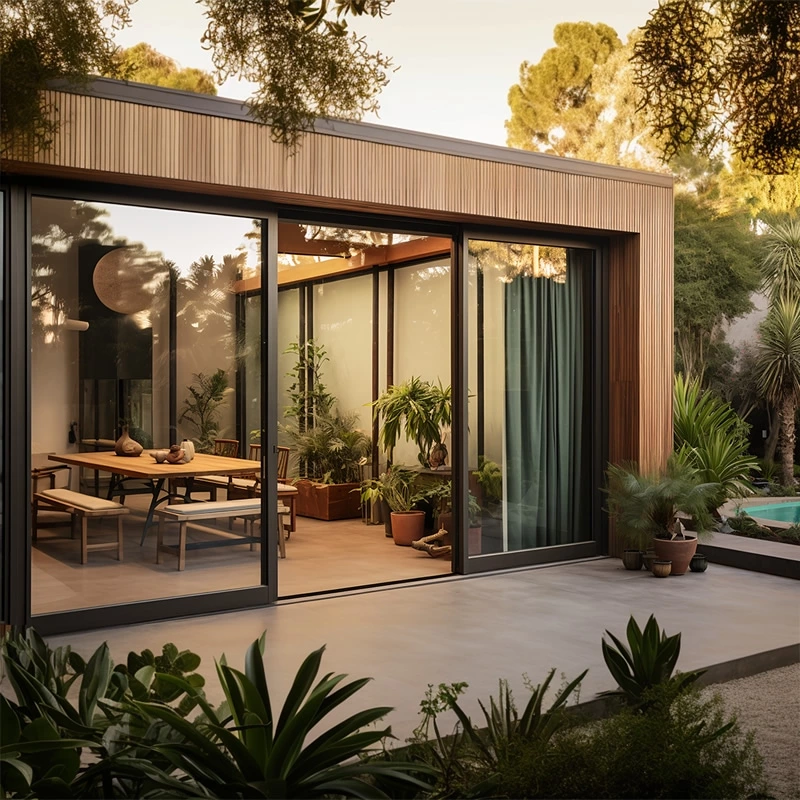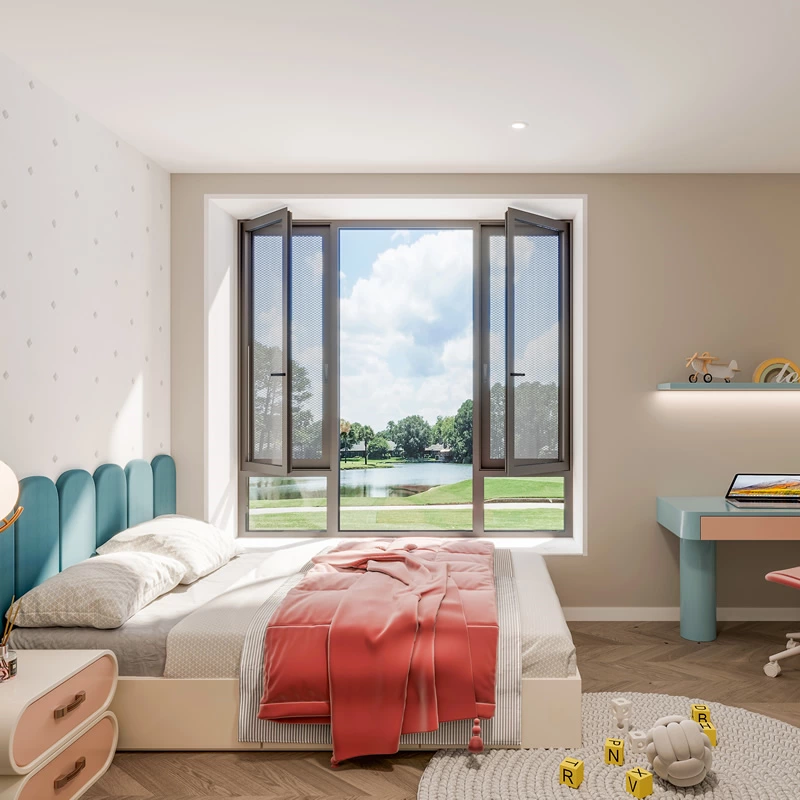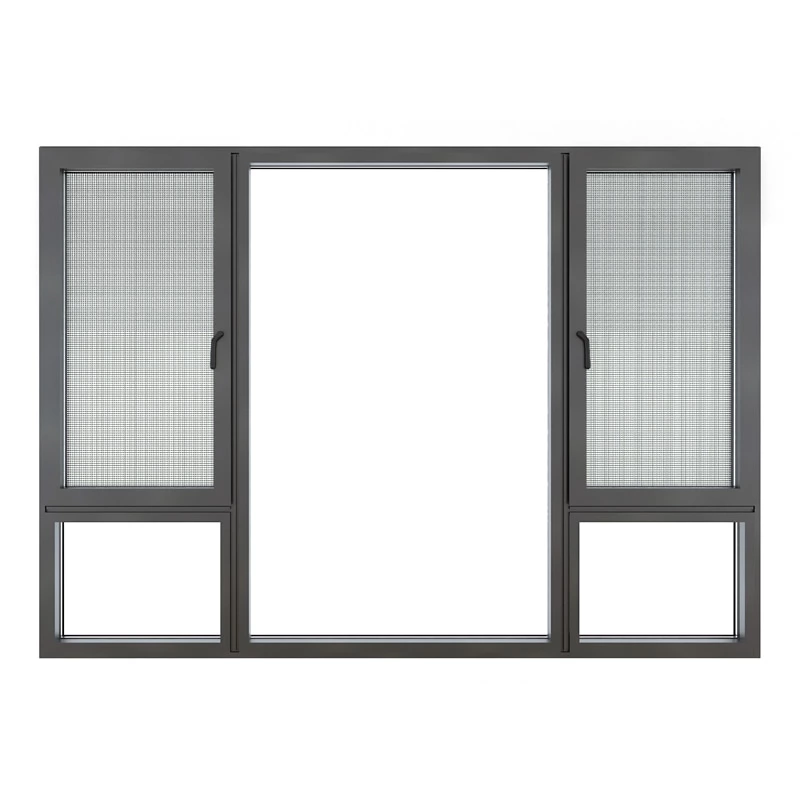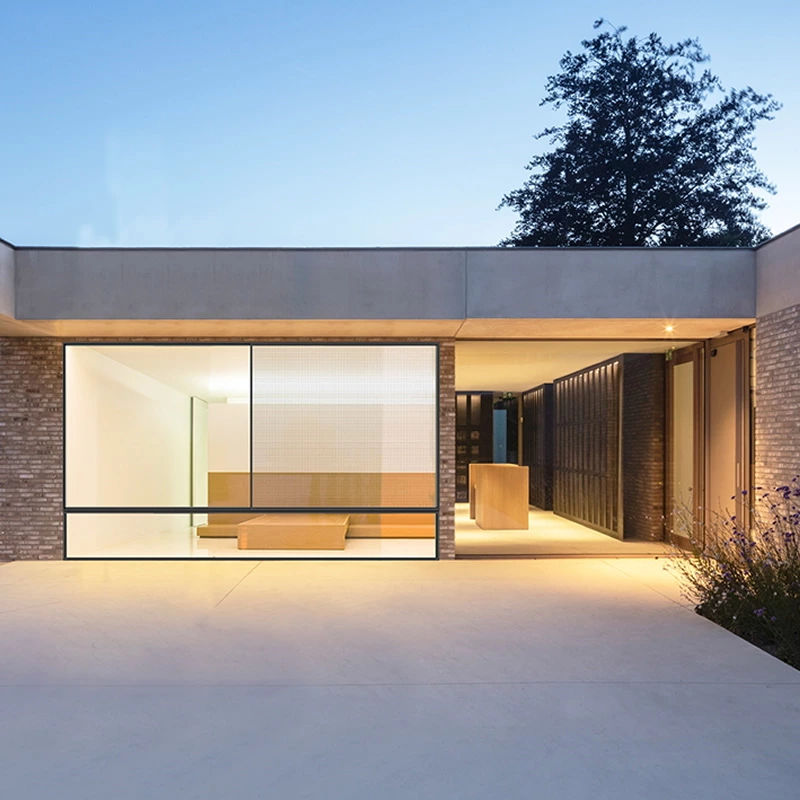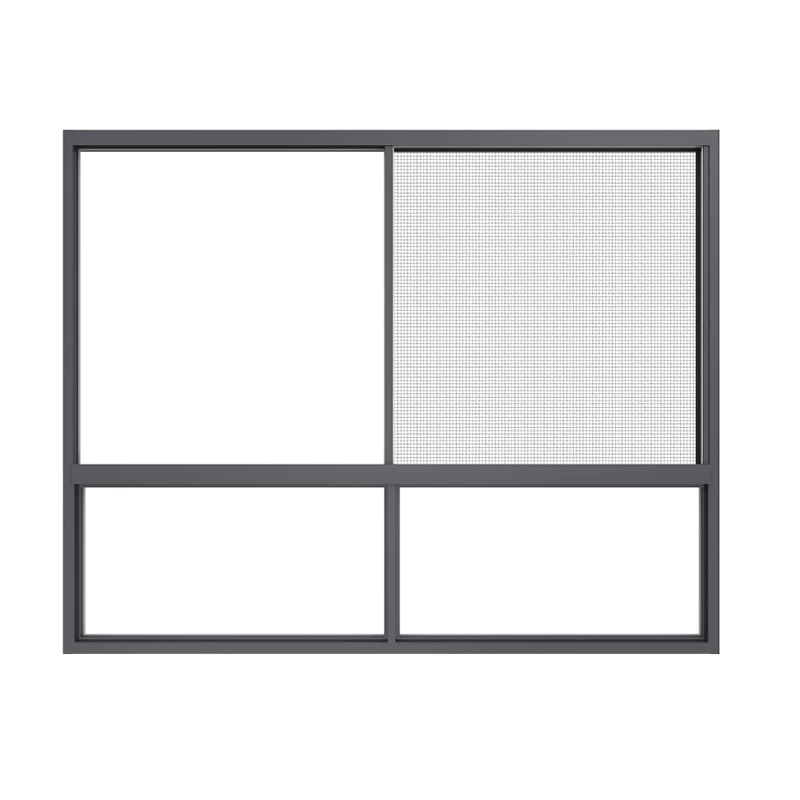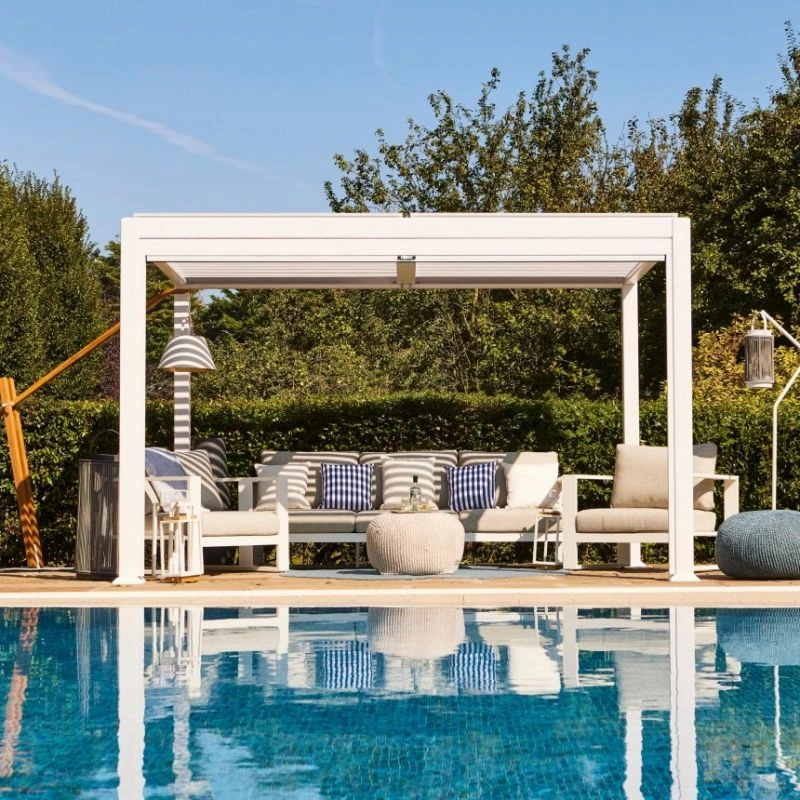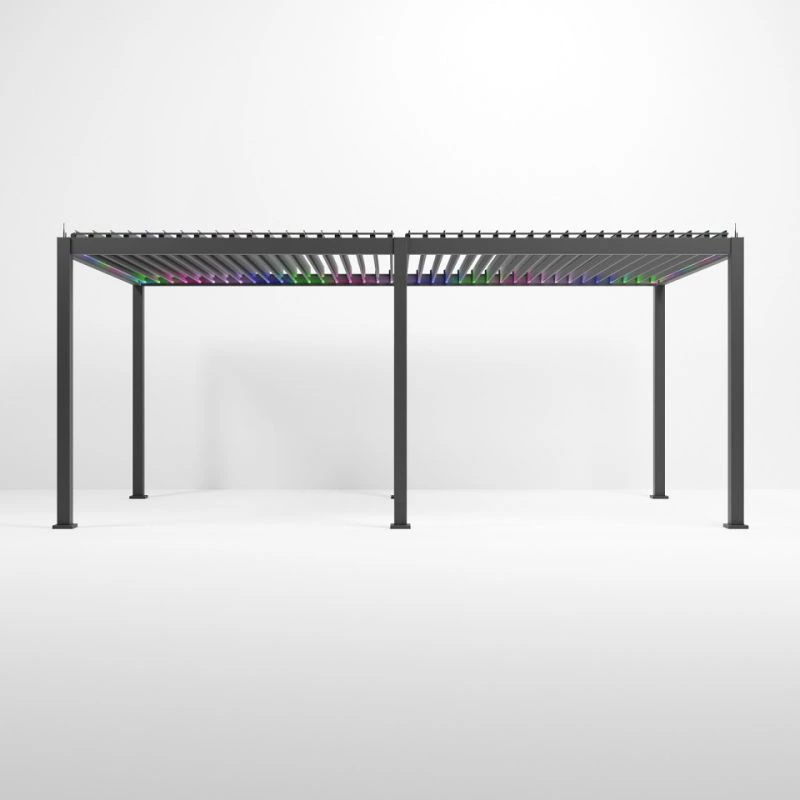In courtyard design, aluminum pavilions and aluminum pergolas are both popular choices for enhancing the quality of outdoor Spaces. This article provides a comprehensive analysis from functional positioning, structural design to price and cost, helping you precisely match your needs.
Core functional Differences: Independent space and extended decoration
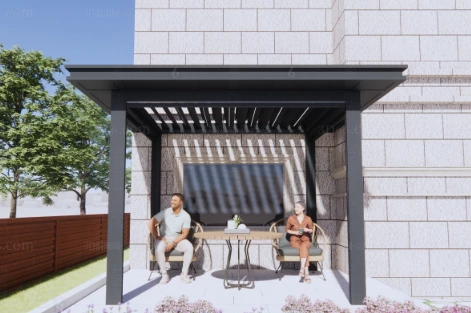
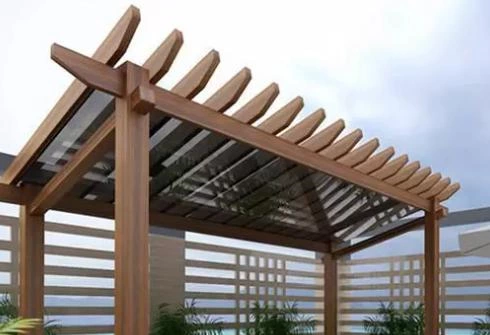
1.Aluminum pavilion
- Closed shelter: 360-degree surrounding roof with column structure, providing all-weather shade and rain protection.
- Independent functional areas: to build outdoor living room, outdoor restaurant or swimming pool have a rest.
- Typical application: 20 square meters garden, lawn landscape area.
2.Aluminum pergola
- Open frame: The crossbeams are hollowed-out, and the light can be regulated by climbing plants or detachable sunshades.
- Space extending: often used to connect architecture and garden, building corridor type transition space.
- Typical application: 8 to 15 square metre long and narrow area, terrace edge decoration.
Structural design comparison: Safety protection and flexible expansion
1. Top structure
(1)Aluminum pavilion
Closed-top canopy:
- Material thickness: Usually made of 1.2-2.0mm aviation-grade aluminum alloy, with surface anodized treatment (corrosion resistance grade AA15 or above)
- Sealing process: EPDM waterproof rubber strips are used at the seams of the top plate to prevent rainwater penetration
Light transmission options:
- Tempered glass top (5mm thickness, 80% light transmission): An additional cost of 800−800−1,200 is required
- Polycarbonate sheet (double-layer hollow, UV coating): Heat insulation performance is improved by 40%
(2)Aluminum pergola
Open beam structure:
Beam spacing: standard distance between 40 to 60 cm, encryption can be customized to 30 cm (snow load resistance up to 30 kg / ㎡)
shade to adjust:
- slide aluminum louvers: 150-200 per square metre
- retractable sunshade cloth (650 d polyester + PU) : life is about 5-8 years
2.support system
(1)Aluminum pavilion
Column specification:
Diameter: Main column ≥120mm, wall thickness ≥3mm
Installation method:
- Embedded type: 60cm deep concrete base (with the best wind resistance)
- Ground anchoring: Expansion bolts are fixed to the hardened ground (cost reduction by 30%, wind resistance grade drops to level 6)
- Horizontal reinforcement: X-shaped aluminum alloy tie rods are installed at the top to prevent structural distortion
(2)Aluminum scaffolding
Connection between column and beam:
- Node design: T-shaped slot embedded clip, no welding (installation speed increased by 50%)
- Overhang limit: the maximum extension of a single side beam is 1.5m (additional diagonal braces are required for extra length)
Ground adaptability:
- It can be directly installed on the anti-corrosion wood platform or floor tiles
- A 15cm thick gravel cushion (anti-subsidence) should be installed on the soft ground
-
Aluminum pavilion: 6 to 8 load-bearing columns, need foundation reinforcement.
- Aluminum shed: 4 columns plus suspended beam structure.
classification of wind resistance:
- Aluminum pavilion: professional installation can withstand 8 strong winds.
- Aluminum scaffolding: It is recommended to be used in wind force environment below level 5.
expansibility:
- Aluminum pavilion: fixed size, high cost of later modification.
- Aluminum shed: can be extended longitudinally and spliced, modular and flexible adjustment.
3. Price and cost analysis: long-term investment and cost performance scheme
(1)regular size
- Aluminum pavilion: 3 meters x 3 meters.
- Aluminum frame: 3 meters x 2.5 meters.
(2)cost of material
- Aluminum pavilion: $4,500 to $6,000 (rust-proof anodized aluminum).
- Aluminum scaffolding: $2,800 to $3,500 (aluminum powder coated).
(3)additional charges
- Aluminum pavilion: Foundation work $800 to $1,200.
- Aluminum scaffolding: $300 to $500 for a flat floor.
(4)annual maintenance
- Aluminum pavilion: $50 (for flushing the drainage trough).
- Aluminum trellis: $150 (replace shade cloth or trim vines).
(5)High-end customization case
- Smart pavilion: Equipped with LED ambient lights, electric gauze curtains and rain-sensing system, the price is $12,000 to $18,000.
- Combination trellis: with an embedded flower trough and an automatic retractable awning, the price is $6,500 to $9,000. Four, purchasing decision guide: three steps to lock in the best solution
(6)Define core requirements
- Requires 24/7 use: choose the pavilion first.
- Pursue the interaction of natural light and shadow: choose a trellis.
(7)Measure spatial data
- Available area less than 15 square meters: it is recommended to use a trellis.
- No obstruction around the site: the pavilion has better wind protection.
(8)Budget allocation proposals
- Short term use: choose the basic frame for less than $3,000.
- Permanent investment: For more than $5,000, choose a pavilion with a 10-year warranty.
